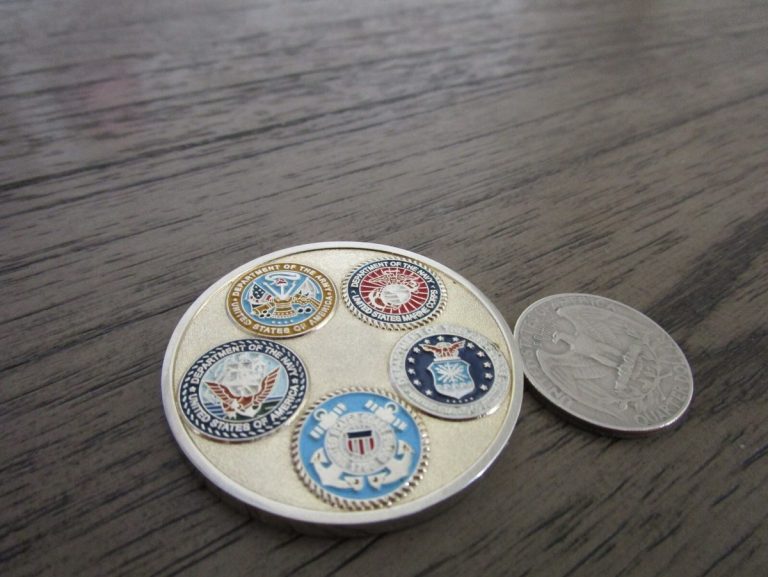
Three-dimensional printing technology has come a long way in recent years, and it shows no signs of slowing down. This rapidly evolving form of manufacturing is changing the way we produce everything from medical implants to eyeglass frames.
3D printing technology, also known as additive manufacturing, creates objects by adding layer upon layer of material until the desired shape is achieved. Unlike traditional manufacturing methods, which involve cutting or moulding materials into the desired shape, 3D printing offers a more versatile and efficient way to produce objects of almost any shape or size.
- Shorter lead times:
One of the major benefits of 3D printing is that it enables companies to reduce their lead times. Traditional manufacturing methods can often be quite time-consuming, but with 3D printing, companies can produce parts and products much faster. This is particularly beneficial for businesses that need to rapidly prototype and iterate on new product designs.
- Greater flexibility:
Another advantage of 3D printing is that it offers greater flexibility when it comes to manufacturing. With traditional methods, businesses are often limited to manufacturing products in certain sizes and shapes. However, with 3D printing, businesses can produce products in almost any shape or size. This flexibility gives companies the ability to create custom products that are perfectly tailored to their needs.
![How to Integrate 3D Printing into Your Manufacturing Facility [Guide]](https://cdn.thomasnet.com/insights-images/82be2737-9fdf-46d4-9031-ea143db7d78b/750px.png)
- Lower costs:
In addition to being faster and more flexible, 3D printing is also often more cost-effective than traditional manufacturing methods. This is because 3D printing generally requires less material than traditional methods, and it also eliminates the need for expensive tooling and melds. As a result, businesses can save a significant amount of money by adopting 3D printing.
- reduced waste:
Another benefit of 3D printing is that it can help to reduce waste. With traditional manufacturing methods, a lot of material is often wasted as it is cut away or shaped into the desired product. However, with 3D printing, material is only used where it is needed, which helps to reduce waste and lower the overall cost of production.
- Stronger products:
Another advantage of industrial 3d printer is that it can be used to create stronger products. This is because 3D printed products are often made with stronger materials, such as metal, that can withstand higher temperatures and pressures. As a result, 3D printed products are often more durable and long-lasting than products made with traditional methods.
Conclusion:
The potential applications of 3D printing are endless, and the technology is already being used in a wide range of industries, from aerospace to healthcare. In the near future, 3D printing is likely to have an even greater impact on the way we manufacture products, as more and more companies adopt this innovative technology.




